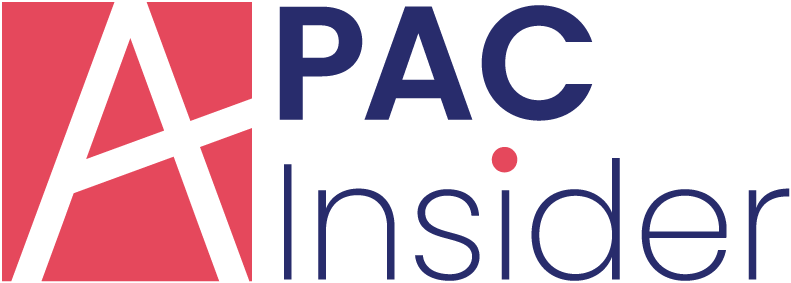
Leading UK technology consultancy identifies the key warning signs that your Target Operating Model isn’t working for you.
“Whilst the need for a resilient, forward-looking Target Operating Model (TOM) has never been more urgent, CIOs,” urges Pete Smyth, CEO at Leading Resolutions, “must effectively and comprehensively assess their existing TOM or risk costly setbacks in their business operations.”
Pete has identified the 3 key signs that indicate your TOM is inefficient, underperforming or even disrupting daily operations.
1. You haven’t changed your model since the last major change in your business.
“For SMBs, strategic flexibility is essential to staying responsive and competitive. Without a clear, adaptive TOM in place, businesses risk falling behind or becoming obsolete altogether. Resource allocation, whether financial, technological or human, isn’t a one-time exercise. It requires ongoing evaluation, adjustment, and improvement, ideally with expert guidance from a technology consultant who can align implementation with your broader strategic goals.
“CIOs will already recognise the usual signals of a strategic shift, whether it’s a major acquisition or divestment, the launch of a new product, or the arrival of new senior leadership. Shifting market conditions can also trigger the need to adapt quickly and seize emerging opportunities. But beyond these headline changes, there are often quieter forces at play: reducing inefficiencies, scaling the organisation, or addressing skills and talent gaps, all of which demand a fresh look at your existing model.”
2. Your TOM is just like every other TOM
“Off-the-shelf models rarely offer the nuance or practical direction required to deliver meaningful results. Creating a TOM that delivers real impact requires a thoughtful structure that aligns with your core business strategy, drives operational efficiency, and supports long-term scalability. A TOM simply cannot be built using a cookie-cutter approach.
“To create an impactful mechanism, businesses must first define the vision and strategic objectives; assess the existing model; design the future-state model with key progress indicators; develop a practical roadmap for implementation, and then execute, monitor and continuously optimise. Very simply, if this is the first time you are in fact assessing your TOM, by default, it’s already not performing well.
3. Your TOM was created from within
“While business leaders often feel well-placed to lead change from within, proximity to the day-to-day can make it difficult to see the full picture. Gaining a truly objective, enterprise-wide view and making decisions with market-level awareness isn’t easy when you’re deep in the weeds. It’s about empathy-driven strategy, understanding your business from the inside out, and crafting a TOM that reflects your unique challenges and ambitions. The result? A clear, tailored transformation journey that highlights what needs to change and where change will generate the most value.”
The right TOM underpins a successful business strategy “When your TOM isn’t working, everything else within the business follows suit: hindering growth, adaptability and even the organisation’s ability to compete in the market. Without a TOM that flexibly aligns operational capabilities with strategic intent, organisations risk not just stagnation but outright failure. SMBs need a blueprint that anticipates the intersection of emerging technologies and shifting customer and market demands. The right TOM serves as both compass and engine, guiding growth while enabling businesses to pivot at speed, scale intelligently, and seize opportunity in real-time.”





















